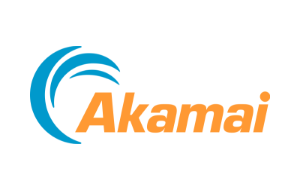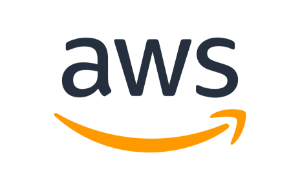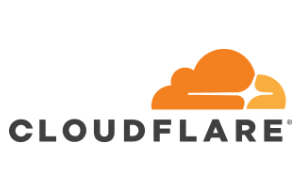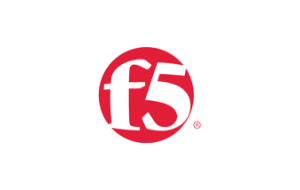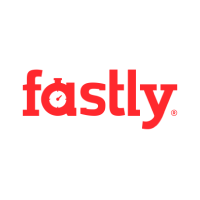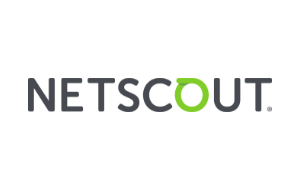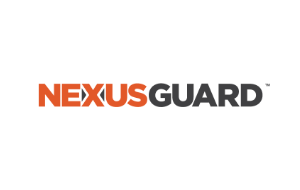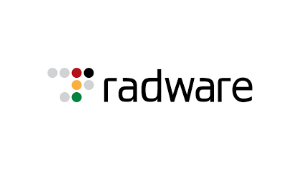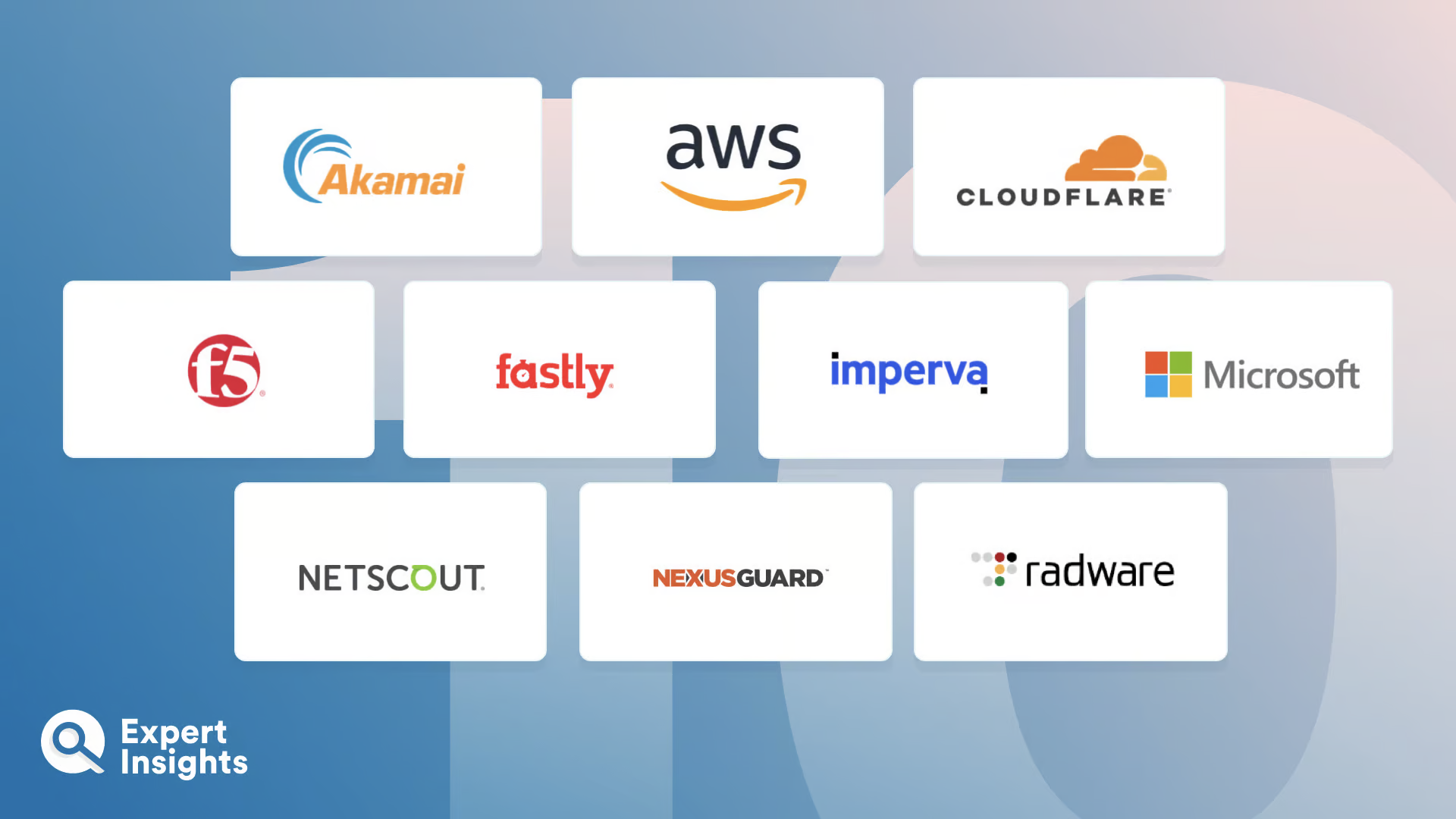Distributed Denial of Service (DDoS) attacks can be harmful for any organization that interacts with their customers via a website or web app. In a DDoS attack, a threat actor directs an overwhelming amount of traffic to a web service simultaneously. To achieve this, the attacker usually creates and coordinates a network of “bots”—devices or endpoints that have been infected with a type of malware that enables them to be controlled remotely. This enables the attacker to easily and effectively direct large amounts of traffic to their target, causing a sudden surge in demand for server access. This ultimately causes the server to crash, preventing genuine end users and customers from interacting with it. This, in turn, leads to a loss of reputation and revenue.
Unfortunately, DDoS attacks can be tricky to mitigate once they’ve started. As well as affecting front-end communications and preventing customers from reaching a website, DDoS attacks can also affect back-end communications. This prevents the business from being able to communicate internally—making it much more difficult to resolve the issue. That’s where DDoS defense solutions come in.
DDoS defense solutions typically comprise a combination of firewalls and web traffic filters that monitor traffic to an organization’s server, and block or divert traffic in the event of an unexpected surge. They also use features such as IP address filtering and geo-blocking to ensure that legitimate users are still granted limited access to the site, whilst blocking bot traffic. Some solutions also offer features to help mitigate the effects of a potential DDoS attack, such as offering the ability to increase network bandwidth, create an allow/deny list, and logging abnormal traffic to help quickly identify and block future attacks.
In this article, we’ll explore the top DDoS defense solutions, focusing on those that work at the network, transport, and application layers. We’ll highlight the key use cases and features of each solution, including real-time threat detection, traffic filtering, policy customization, allow/deny listing, and reporting and analytics.



